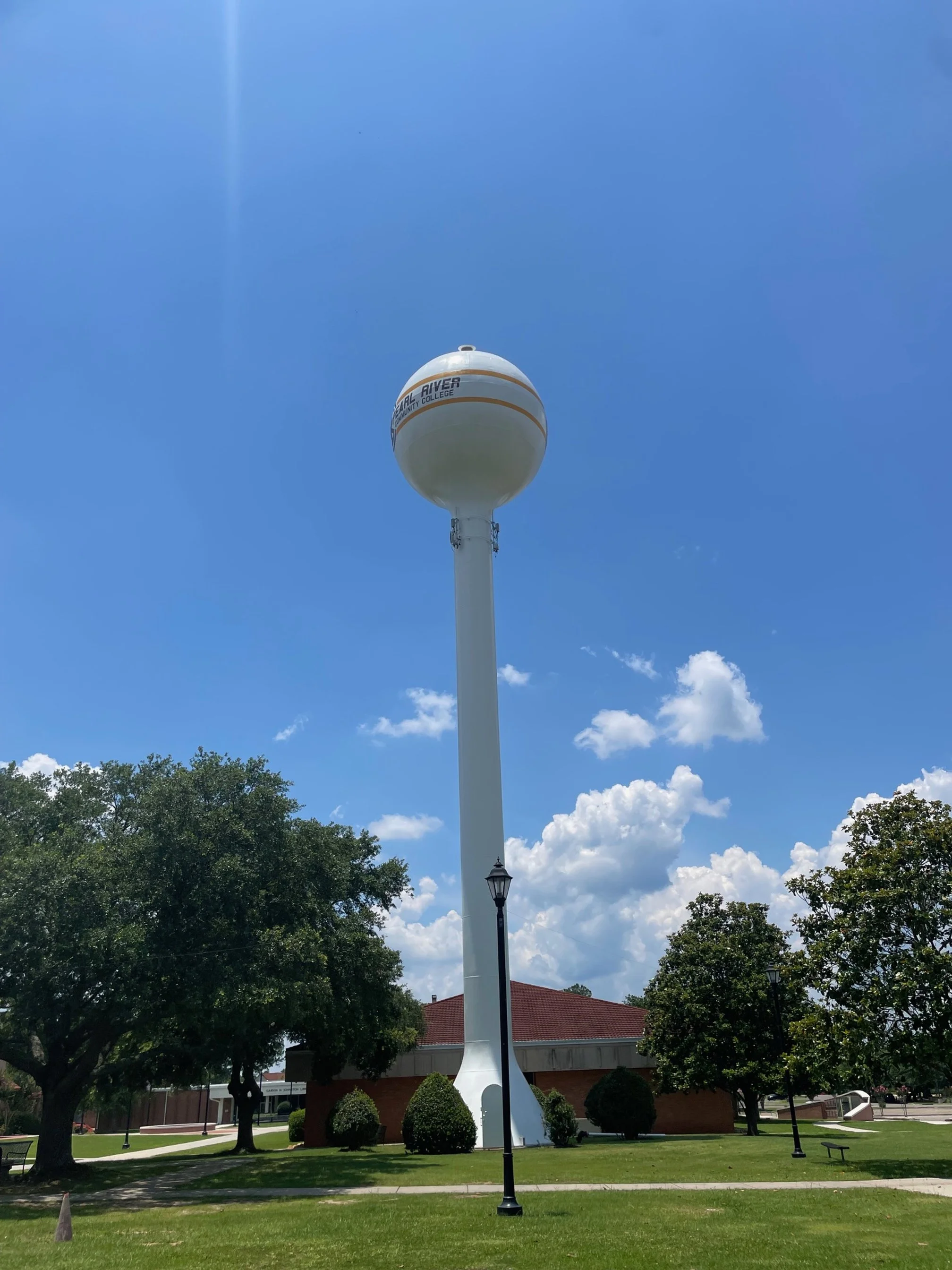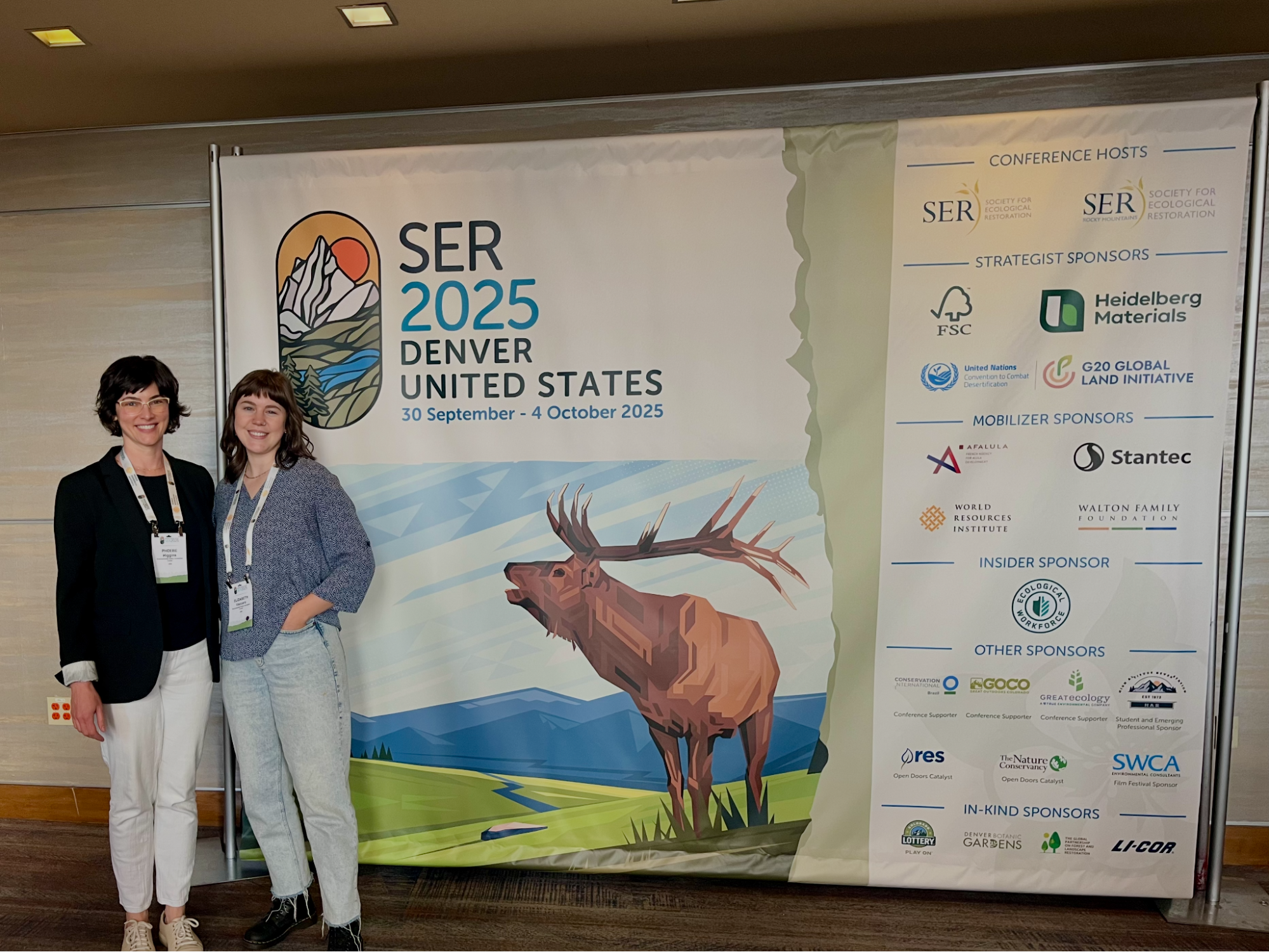
Full Lead Service Line Replacement Is Closer Than We Thought

Tennessee FFY 2025/SFY 2026 Public Comments: Drinking Water State Revolving Fund Intended Use Plan Covering Emerging Contaminants

Written Testimony on Ohio's H.B. 307, the Lead Line Replacement Act

Written Testimony before the Assembly Public Hearing on Lead Service Line Replacement Programs

Tech Capacity in Transition: Rethinking the Role of Tech Talent in Environmental Stewardship

EPIC DWSRF Funding Tracker: Tennessee

EPIC DWSRF Funding Tracker: Alabama

EPIC DWSRF Funding Tracker: Louisiana

EPIC DWSRF Funding Tracker: New York

Energizing the Ecosocial Alternative for AI

Poplarville, MS: Lead Service Line Inventory

Cedartown, GA: Stormwater

Key Questions States Should Consider When Developing a CWSRF Sponsorship Program

Environmental Permitting is Getting Better
It's not that permitting change might happen. It has changed, is changing, and will change more. We’ve had a great collaboration with the team at Inclusive Abundance these last 15 days, hearing about 15 ‘wins’ for permitting reform they wanted to celebrate. We are starting our own 15-day countdown now. It’s a great way to acknowledge all the progress underway to make environmental permitting laws and programs that better serve the planet, people, and our prosperity.

Funding and Financing Options for Full Lead Service Line Replacement

Better, Faster, and Fairer: State Strategies for Permitting Innovation

When Federal Earmarks Undermine State Priorities: Why Texas Loses Big Under SRF Earmarks

A Planet in Repair: Reflections from Global Ecological Restoration Conference

Amplifying the Power of Tribal and Youth Conservation Corps


